How are vinyl records made? Step by step explanation
Few people truly understand how records are created, but everyone who has had the pleasure of listening to music on a vinyl record is aware of how lovely the legendary format sounds.
It turns out to be a very complex process. Uninformed people might be shocked to realize how much work goes into creating a single vinyl record. The quality of a record may be considerably impacted by each phase of the process, which is understood by dedicated vinyl fans.
This article will walk you through the steps of how are vinyl records made. So let's get started without further ado.Optimization and getting ready
The foundations of the record-making process are set long before entering a vinyl pressing factory. Actually, the mastering engineer that the band or artist is working with is the one that starts this procedure.
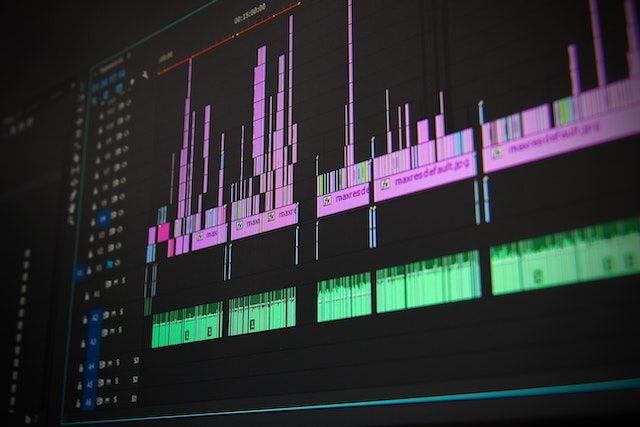
The musician will make digital studio recording files, which the sound engineer will prepare for vinyl transfer. They will put recordings through a number of processes to guarantee that they are correctly optimized for vinyl, including checking that the levels and tone remain constant from song to song.
Since each side of a record can only store roughly 20 to 30 minutes of audio, engineers also collaborate with the musician and producer to choose the song's cover for an album.
Together, the group will decide how the songs will be distributed evenly throughout the two sides of the record.
Production of the master disc
The digital data must then be loaded onto the master disc, also known as the "lacquer master". This is the main disc from which all of the individual copies will be created.
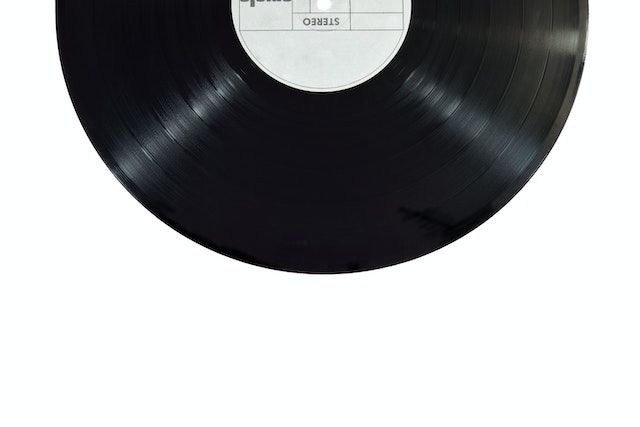
The aluminum cores of master discs are sanded as smooth as possible, removing any dust, scratches, or other elements that can affect the sound of the record. When it comes to producing a high-caliber album, this technique is absolutely important.
Following that, a thick layer of nitrocellulose lacquer is applied to the metal, allowed to cure, and then subjected to a thorough inspection. The extra nitro lacquer will be taken off and utilized again later.
If a lacquer master fails (which happens frequently), everything must start over until a workable master is created. However, when a master is accepted, the engineer punches a hole in the middle of it and bundles it onto a spindle with any copies required for backup, each one protected by strips.
Music recording on the master disc
The disc is then put on the cutting machine; normally, this setup also includes a microscope, a vacuum stick, and a carving stylus with a sapphire tip (or one created with a substance similar to diamond). The engineer then makes a test cut at the edge and examines it under the microscope for flaws.
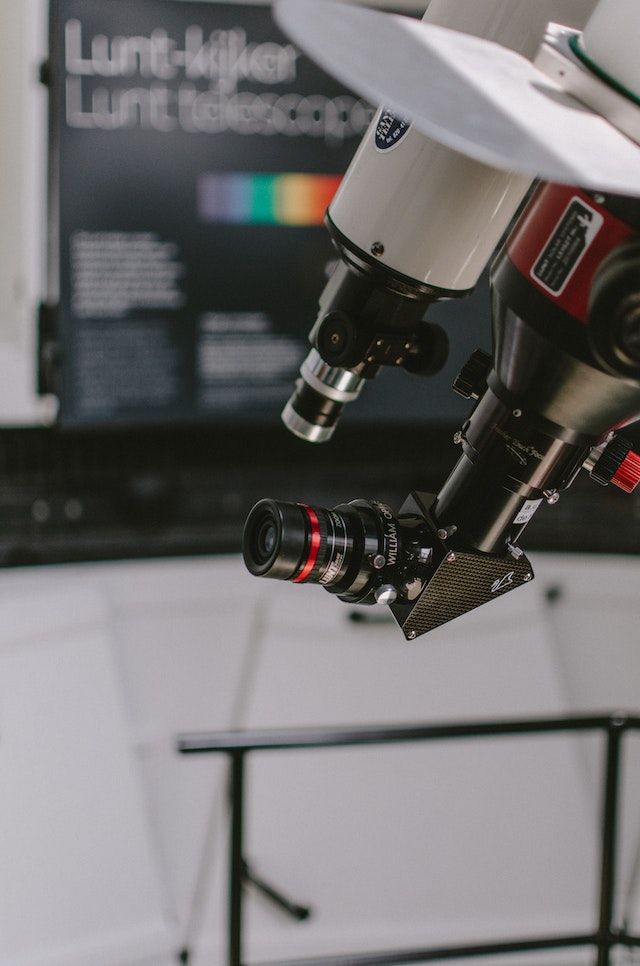
If everything appears to be in order, the real continuous-groove recording is subsequently imprinted, progressing from the record's edge into its center.
Here, the digital files (step 1) are transmitted to the cutting machine, which transforms the sound waves into vibrations and uses them to etch grooves into the master disc.
A cutting engineer, who will also physically insert the gaps between each song on the album, keeps a tight eye on the entire procedure. Before going on to the next stage, the master disc must pass a second set of inspections.
Making the stamper
The production of the stamper is the next stage after the digital files have been written to the master disc. The engineer will use a stamper disc, as the name implies, to transfer the grooves from the master disc to vinyl records that will be supplied for commercial usage later.

The master disc is first cleaned and coated with silver liquid. The master disc is cleansed of any extra silver, and then tin chloride is sprayed on top to solidify it before electroplating.
The master disc is submerged in a nickel tank during electroplating. To bind the dissolved nickel to the surface of the silver-coated metal disc, an electrical charge is applied to it.
Any excess metal will be removed by the engineer, who will also drill a hole through the center of the stamper to resemble the master disc.
The paper labels that will be applied to the vinyl surface must be ready before the records are pressed. The labels are prepared for pressing on the vinyl by being sliced into circles and given a central hole.
Time to press the records
The creation of the vinyl records actually begins in this stage. Pellets of polyvinyl chloride are first put into a hopper, which moves the solids to an extruder and shapes them into vinyl biscuits, which are tiny circular discs.
While a number of machines attach labels above and below each vinyl biscuit, the biscuits are kept in position. The vinyl biscuits are pressed flat using a presser that weighs more than 1,000 pounds per square inch while being heated with steam at a temperature of 148 OC. The vinyl cookies are imprinted with grooves using stampers.
Trimming is done to the finished vinyl to get rid of extra material around the edges. After cooling, it is kept in storage to cure. In order to prevent warping, which might compromise the sound quality of the record, vinyl needs enough time to cool down.
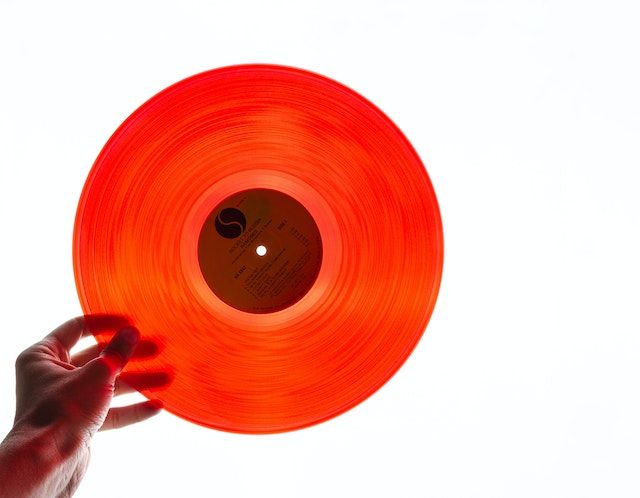
Quality check
There is no room for inaccuracy throughout the vinyl record production process. Before a manufacturing run is finished, a number of inspections are conducted as part of a rigorous quality control process.
The engineer must start the procedure with tons of master discs to make up for the loss because the failure rate after each round of inspection is just so high. In any particular manufacturing run, it is typical for 10% to 30% of the total records to fail inspection.
Records that are rejected from the final production run are recycled and put together with brand-new PVC pallets to generate new records.
Creating artwork and covers
Vinyl records' artwork is a key selling element, so a lot of time and attention is spent on designing covers (also known as jackets) and artwork that will pique customers' interest for a very long time.
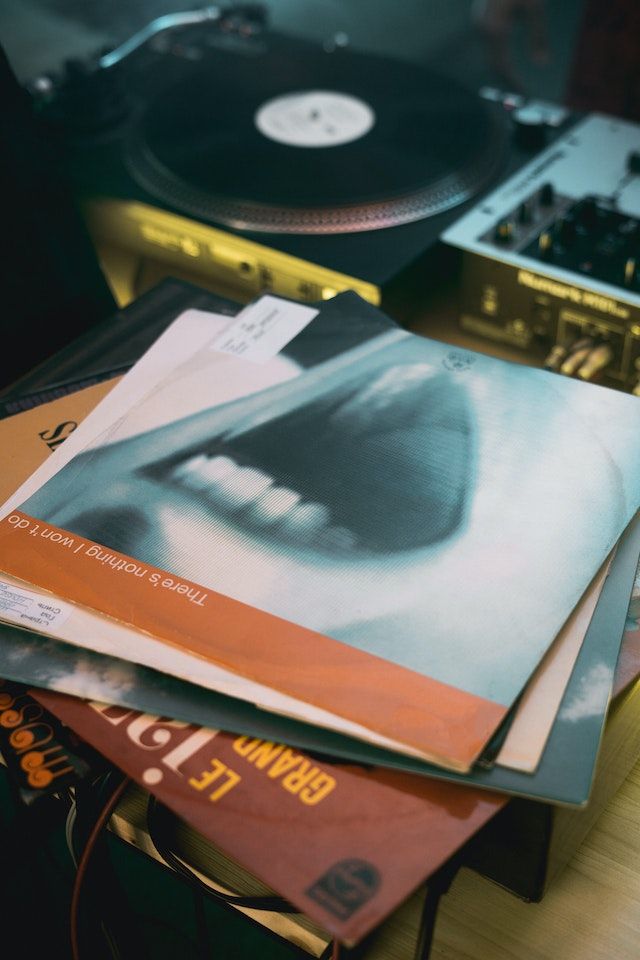
The artist's budget determines the artwork, cover design, and printing. Independent vinyl record covers are frequently created utilizing digital printing, which offers excellent color fidelity and is less expensive if you just manufacture a small quantity of records. Artists frequently choose offset printing when creating large quantities of recordings.
Cards are die-cut into sleeves using an automated machine in the desired form. The vinyl record is then put into the jacket by folding and sealing the edges of the sleeves.
Each record will then be shrink-wrapped or placed in a polyester bag by the pressing business, ready for distribution to retail establishments.
How are vinyl records made - Conclusion
Vinyl records and the turntable are unquestionably intriguing technological innovations. And as you can see, the creation of vinyl records is a fascinating process.
Your admiration for these musical albums that never seem to go out of style will grow as you learn more about how vinyl records are created.
If you liked this post and would want to read curiosities and information about the music industry, please visit our blog section.
You're here because you love music, so please try to listen to it together with your friends or strangers, at the same time, connected by webcam in CalypsoRoom.
In CalypsoRoom we believe music is the most powerful tool to bring people together, and for this reason, we developed an online music social network where you can connect with friends or strangers while listening to music simultaneously, connected via webcam.
Are you a music artist or label and do you want to give your music a further dimension? Do you own or co-own the master and publishing rights to your music? If yes, consider to post it on CalypsoRoom: it’s free, you keep 100% of your copyright, you promote your music in a new way, and you get a new revenue stream! Check it out.
Thanks for reading,
CalypsoRoom Team
back
Written by CalypsoRoom Editorial Team
The CalypsoRoom Editorial Team is a skilled and diverse group of writers, researchers, and industry specialists who have access to Calypso's data and information in order to give you broad knowledge about the music industry as well as helpful advice to help you manage your music and dancing career.
Updated January 2023
Company number: 681223
James's Walk 31, Dublin, Ireland
contact@calypsoroom.com
+353 (89) 435 8928





